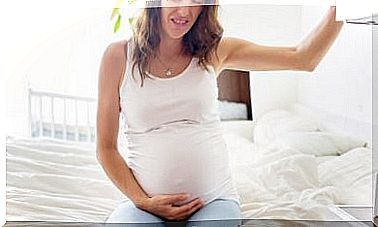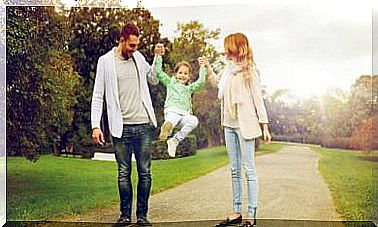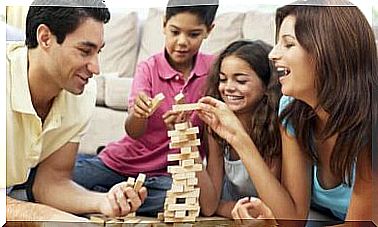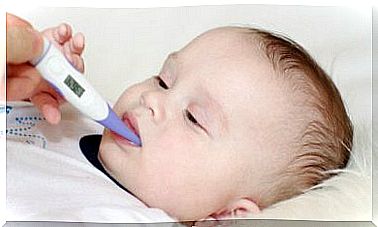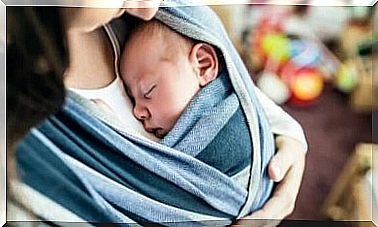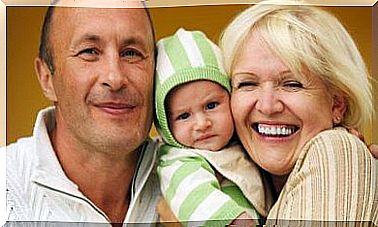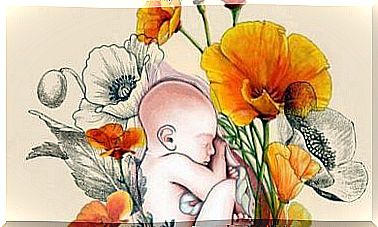Separating Attachment Figures
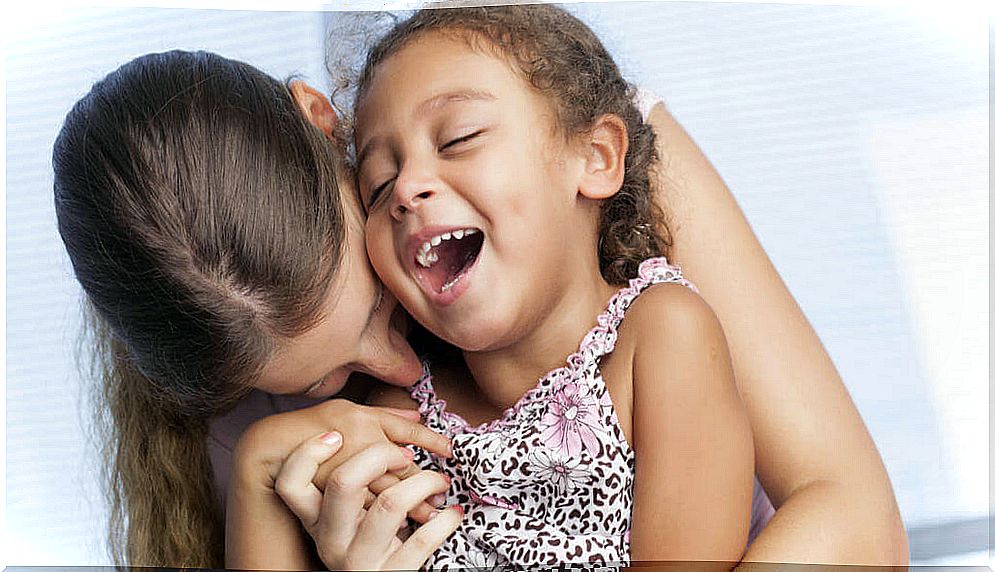
The future of the children will depend, to a great extent, on the parents. It’s a common phrase, but true. At the time of separation from the attachment figures, what was done at the beginning of the affective relationship will make a difference.
If, from birth, the connection with the parents is prodigal in care and affection, appropriate development is guaranteed. The child will become a person who is secure in himself, in his relationships with others and with possibilities for success.
Attachment is a bond with a primary caregiver, usually the mother, who overcomes any biological need. It manifests in smiles, crying, contacts and communication, among other actions.
Affective bond and stability
A secure attachment relationship ensures the child’s emotional stability in their development. Otherwise, there will be insecurity, depression and anxiety disorders that will certainly charge interest for the mistakes made.
A mother’s personality and her life experiences will influence how she treats her child. At the same time, the child’s temperament, easy or difficult, will influence the behavior of the mother. Independent and secure mothers will build good attachments. But the undecided, who live by remembering their experiences, will find it more difficult.
Some positive affective bonds favor learning. From 10 to 18 months, children explore the world. In this task, knowing that they have someone to protect them provides security.
Despite starting to consolidate at 2 months of age, it is at 2 years of age that the bond becomes stronger. At that point, the separation of attachment figures will provoke protests.
This separation, for example, to go to work or day care, generates pain and anxiety. If the child understands that the parents will return, learning will begin.
Thus, the child begins to bond with secondary attachment figures such as teachers and to be more autonomous. She then wants to discover the new environment that surrounds her.
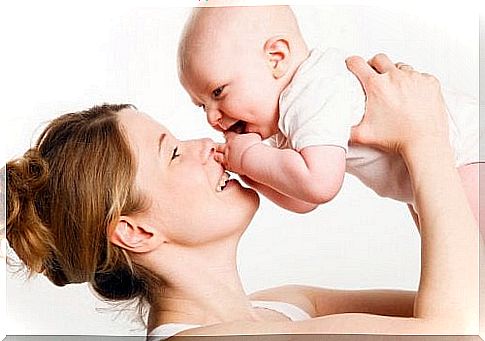
attachment stages
There are four stages of attachment and they are delimited as follows:
- From birth to two months, when the child accepts everything that offers comfort.
- From 2 to 7 months, he doesn’t complain if his parents leave.
- From 7 to 30 months, they feel pain and anguish in front of strangers.
- In phase four, from 30 months onwards, he is not saddened by the caregiver’s departure.
Once built, attachment can be secure. It is based on the affection of the parents, who respond to the child’s needs, who grow up with confidence in themselves.
fear and insecurity
In insecure attachment, there are deficiencies in care. On the one hand is avoidant attachment, when the child trusts himself but not others. In ambivalent attachment, on the other hand, the child has a negative idea of himself and a positive idea of others.
In the disorganized, the negative idea belongs to everyone around her and herself. When the separation of attachment figures occurs before 6 months, the consequences are not as serious. The child can get used to brief and frequent distances.
From six months to two years of age, long-term separation of attachment figures will trigger problems.
A loss of attachment figure can severely affect the child’s personality. Adoptions or long hospital stays can have long-term effects.
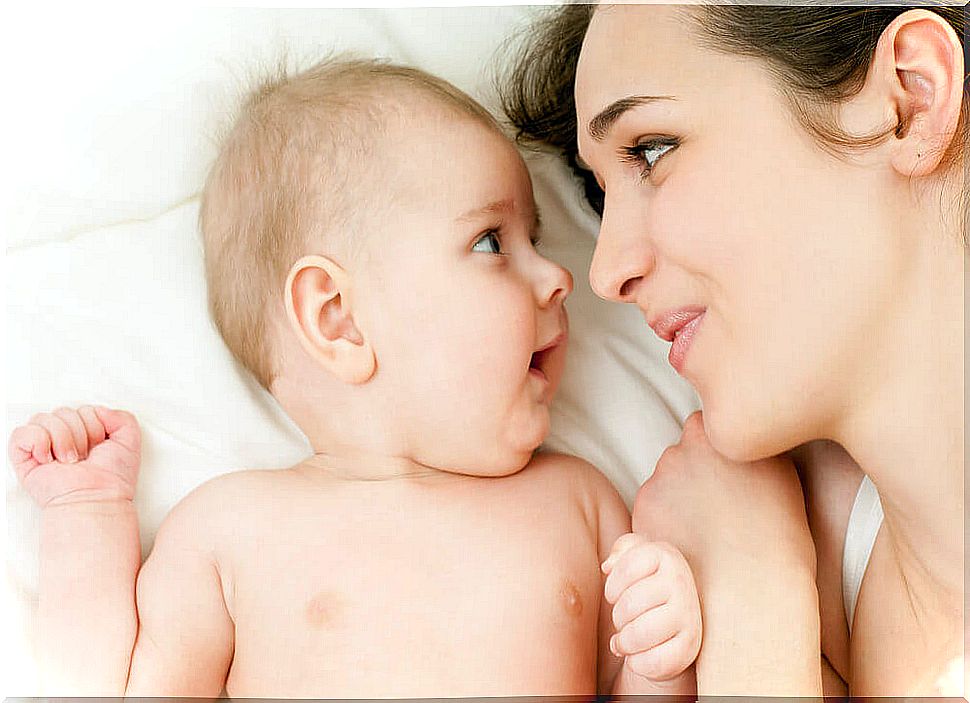
Effects of Separating Attachment Figures
In the short term, the loss creates stress, agitation and depression. In the long term, if the child does not establish new attachment figures, he may have intellectual delay, problems in social relationships and even mortality.
Separation anxiety disorder from attachment figures affects adults more than children, at a rate of 7% versus 4%. It is the fear of moving away from your protective and affectionate figures. It is very common between 1 and 6 years old and is expressed in crying and tantrums.
When this fear or this anxiety lingers in time or when it affects an adult, there is a problem. It manifests in continual fears of being alone or leaving the house, feel anguish over the death of attachment figures, and have nightmares.
They also have headaches, stomachaches, nausea and vomiting. If symptoms last longer than four weeks in children and adolescents, or six weeks in adults, it is advisable to seek psychological help.
Relationships with children are not built on material. Listening to the little ones, talking about concerns and offering quality time is vital to building a solid relationship. This prevents the separation of attachment figures from being an insurmountable trauma.
